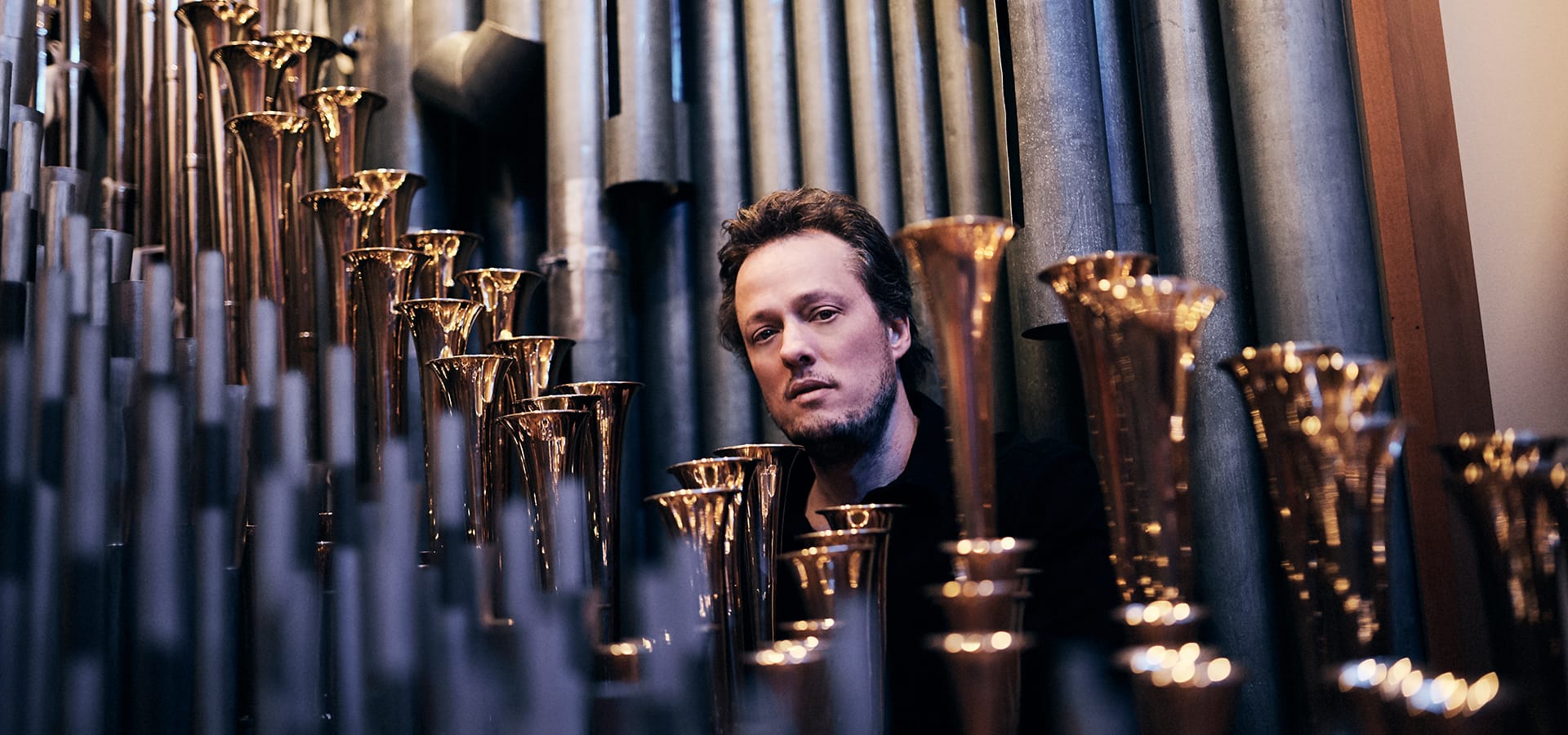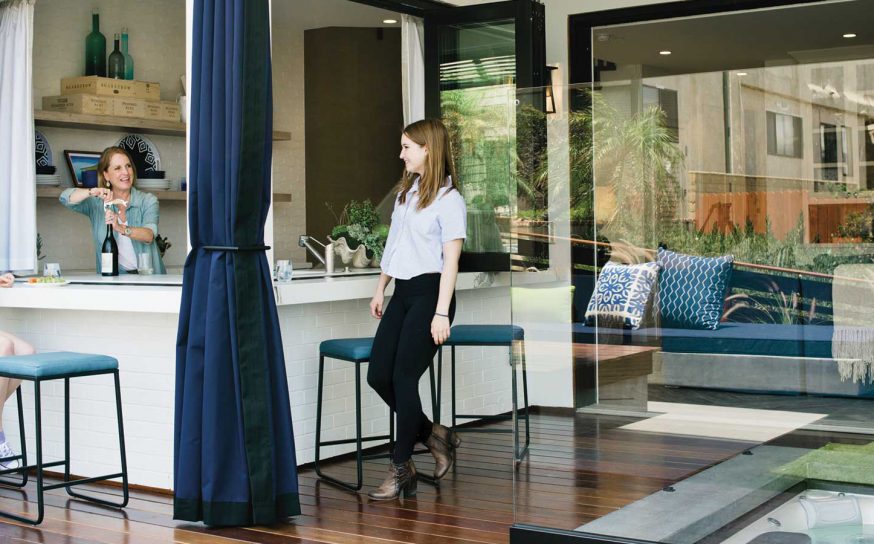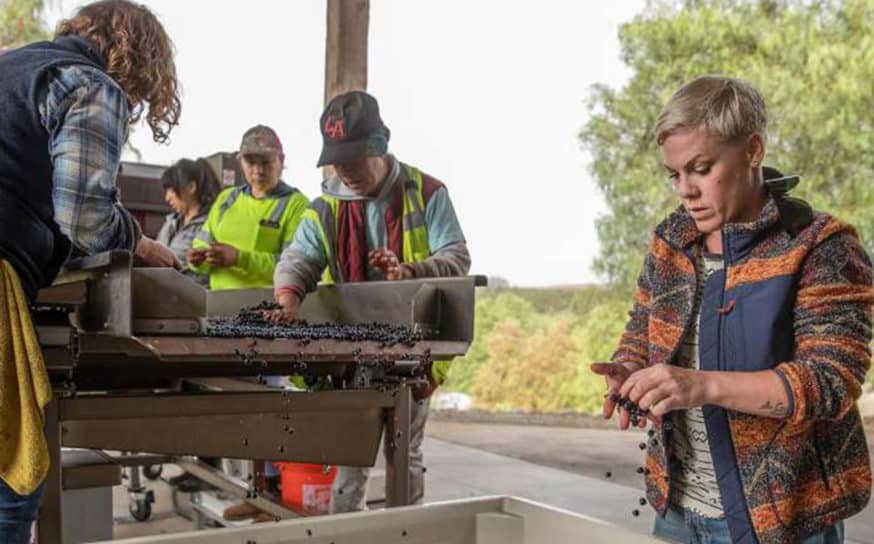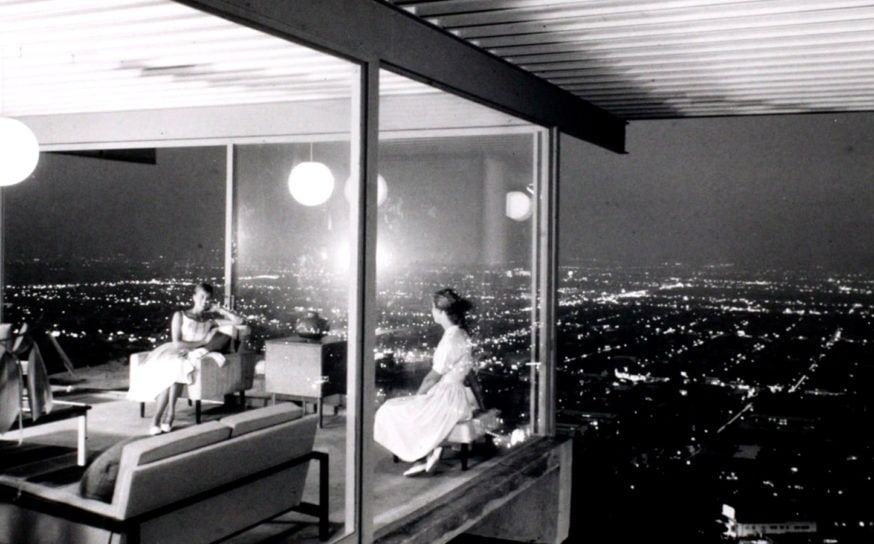A Music Composer Meticulously Restores a 1928 Pipe Organ Featured in Several Classic Films
Nathan Barr shares a piece of Hollywood history.
-
CategoryArtisans, Arts + Culture, Film + TV, Makers + Entrepreneurs, Performance
-
Written byHadley Hall Meares
-
Photographed byMichael Becker
Boyish and brimming with enthusiasm, Emmy-nominated composer Nathan Barr bounds up a spiral staircase inside Bandrika Studios, his new recording studio nestled in a quiet mixed-use area just north of Ventura Boulevard in Los Angeles suburb of Tarzana. Although it is just past 8 a.m., Nathan, or Nate, as friends call him, seems champing at the bit. He’s excited to demonstrate the intricate and unique capabilities of his priceless 1928 Wurlitzer pipe organ, which he has had meticulously restored.
“These are supposed to sound like low strings. This is supposed to sound like a sax,” he says, pointing out pipes of various lengths and sizes. “For every note, we need a pipe. It’s incredibly complex—and it’s all wind, air and magnets—the whole thing. That’s it!”

Nate, who lives with his two dogs in Topanga Canyon, has a passion for the incredibly complex but simply beautiful. That fervor is discernable in his scores for hit shows like The Americans, Fosse/Verdon and True Blood as well as those he has created for dozens of films. It is also on full display at the Art Deco-inspired Bandrika Studios. This jewel box of a complex, designed by Soler Architecture with acoustical design by Jay Kaufman of Kaufman & Associates, was conceived, in part, to house Nate’s growing collection of historical mechanical instruments. The collection also includes a human-bone trumpet from Tibet, a dismantled piano that he calls his “butchered piano,” a rare glass armonica, and several cellos including a custom motorized drone cello and a gourd cello.
Six years ago, Nate discovered the Wurlitzer organ, which for seven decades was located at the 20th Century Fox Studios scoring stage and was used in films including The Sound of Music, Patton and The Witches of Eastwick. The organ was in disrepair and packed in floor-to-ceiling crates in a warehouse in Reno, Nevada. Nate knew immediately he had to have it.
“This organ was built to give one person maximum ability to musically accompany themselves,” Nate explains. “And you can imagine the audiences back in the early 1900s going into a theater and hearing this—and their heads just exploded!”
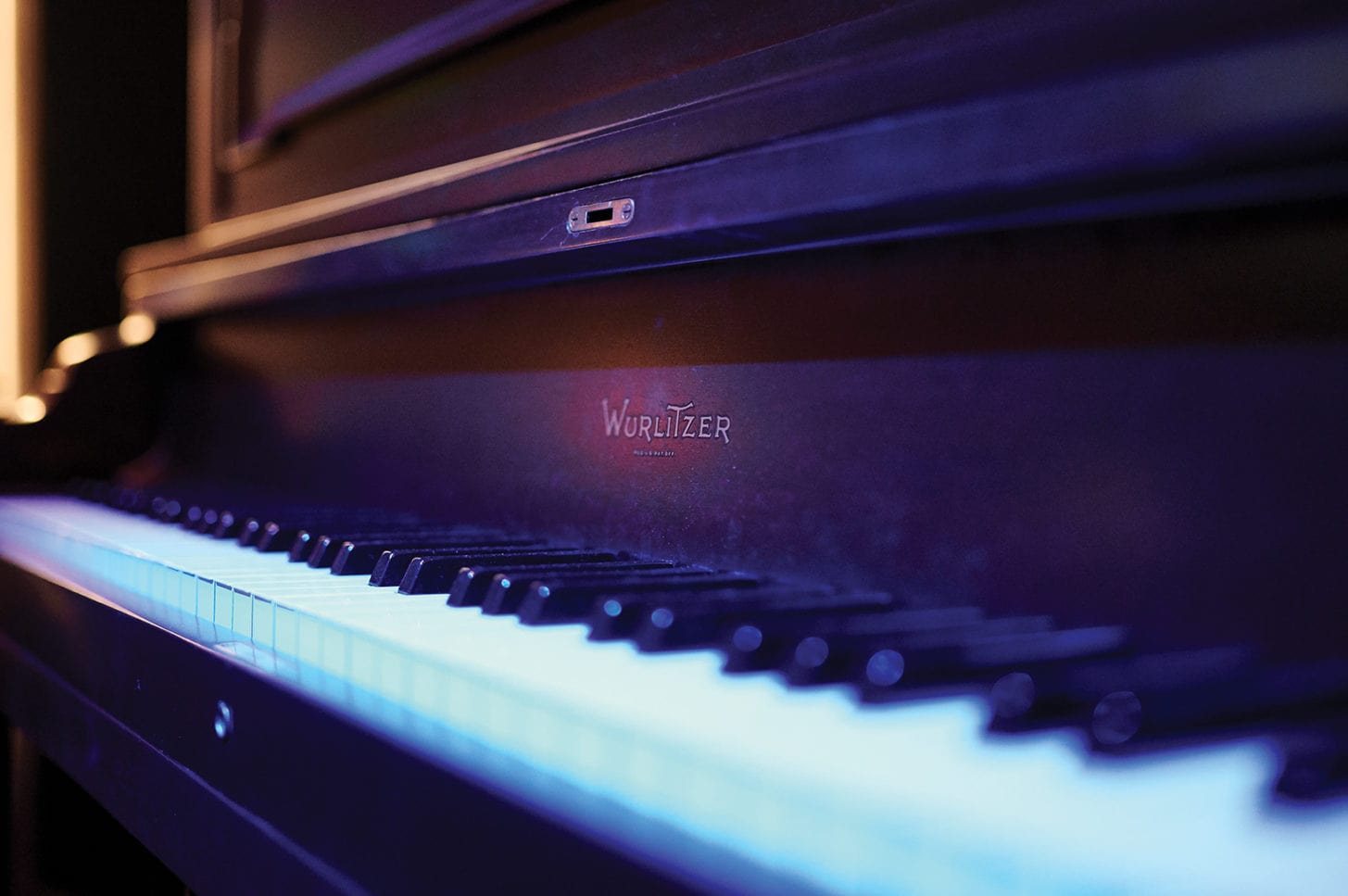
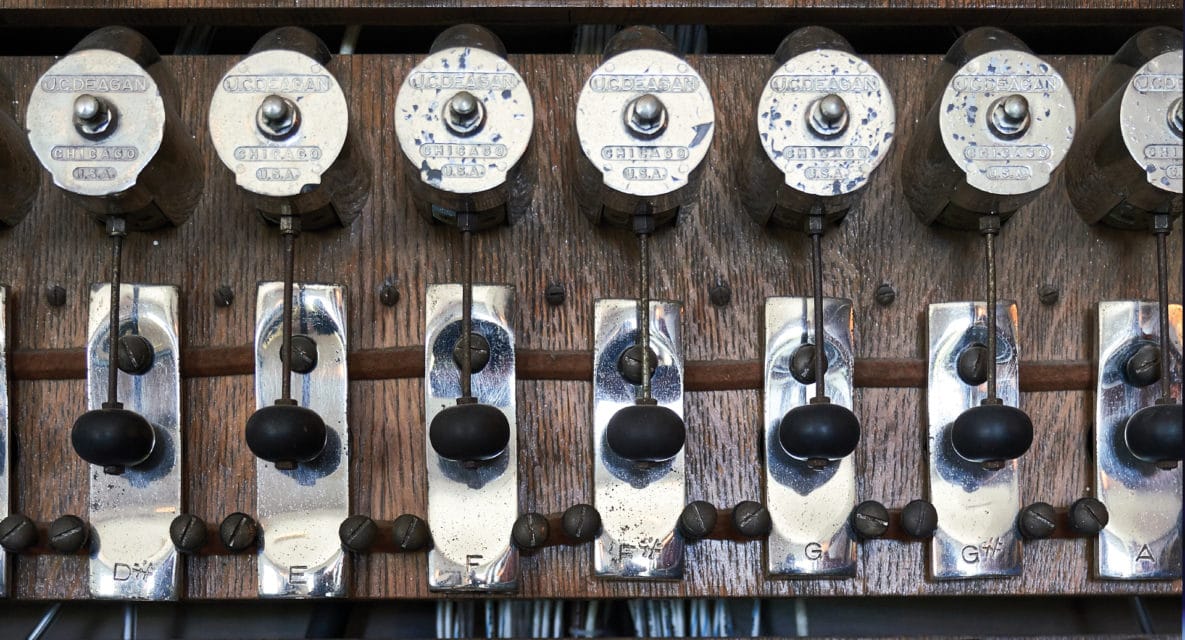
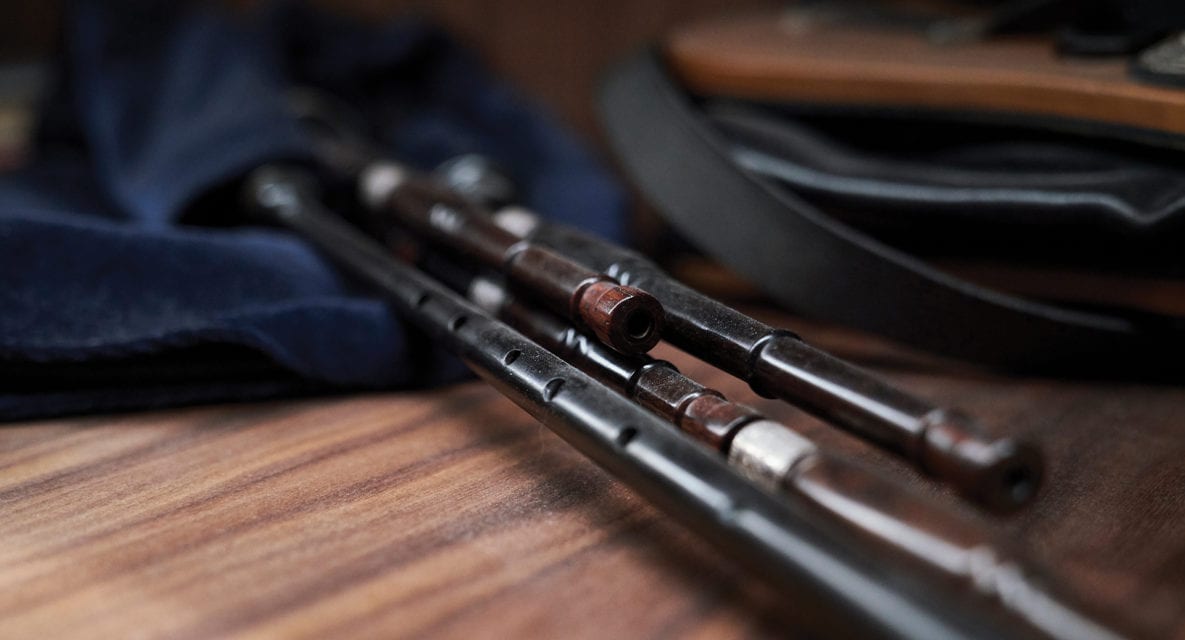
He grew up in New York with parents who are accomplished (non-professional) musicians, surrounded by eclectic music. Those sounds ranged from his mother performing on the koto and piano, to his father playing the banjo, guitar and shakuhachi. Later Nate studied at Skidmore College, and toured Europe with the Juilliard Cello Ensemble.
Nate envisioned Bandrika Studios—named for the fictitious country in Alfred Hitchcock’s The Lady Vanishes—not only as a home for his collection but also a world-class, state-of-the-art recording and scoring facility. “When I spoke to my architect, I said. ‘I want something that doesn’t feel like we’re imitating something from the past. But I do want something that feels like it tips its hat to the past.’”
Transforming what had been a nondescript, 10,000-square-foot, two-story office building into one of the most technologically advanced scoring studios in the world took years of planning—and compromise. “The architect would draw this beautiful thing and send it to the acoustician and he’d just go, ‘No, no. Can’t use that. Can’t put that there,’” the composer explains. “And then the contractor would take a look at the plans and say, ‘What? How am I supposed to build this?’ We’d have meetings here and I’d leave every Thursday absolutely certain it was going to never happen.”
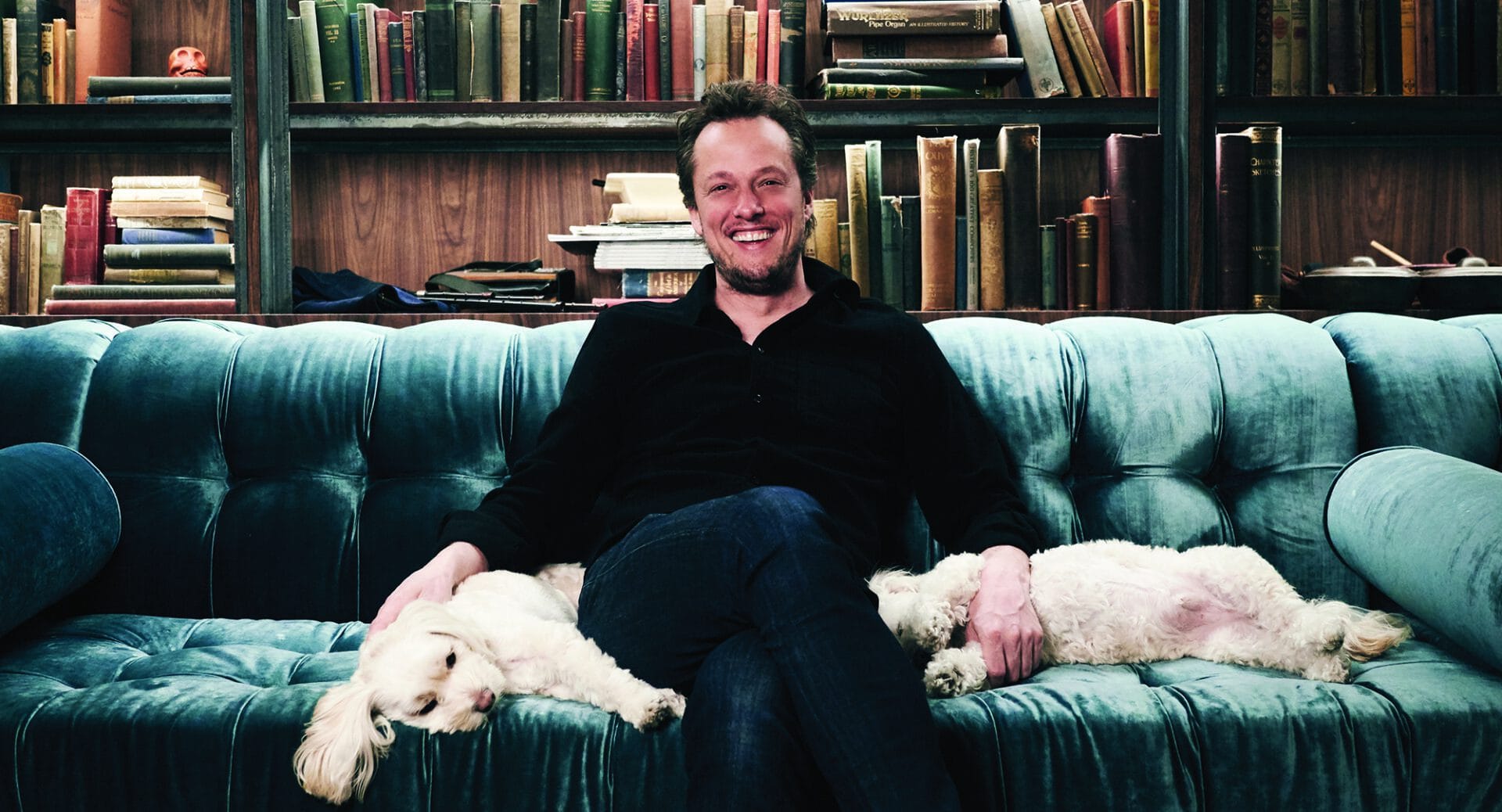
"I want something that doesn’t feel like we’re imitating something from the past. But I do want something that feels like it tips its hat to the past.”
The finished product feels like a composer’s—or a musically gifted frat boy’s—dream. There is a cozy, elegant control room, a high-end gourmet kitchen and bar, and an office/lounge space overlooking the spectacular scoring stage, which “floats” on special discs to isolate the sound. “The room has such a unique sound,” Nate says of the stage, which can easily accommodate an orchestra of 50 players. “Any of the engineers that have come through to record feel like the room has its own identity. There’s a warmth and a clarity and a generosity. Like if you put a cello in there, the room loves that—the cello really emanates out into the room and blooms.”
But Bandrika is not just for work; it is also a space for education and play. The composer frequently hosts visitors, including concertgoers, musicians and students on educational field trips. This past spring Nate co-hosted three sold-out “Silent Films Live II” concerts to benefit the nonprofit Education Through Music–Los Angeles. For the event he and several other accomplished composers created new scores for clips of classic silent films. They were screened on the scoring stage and performed live by the USC Chamber Orchestra.
“Sharing it is the best part,” Nate says, beaming. “Like, if I sit here alone, then so what? But we calculated we’ve probably had fifteen hundred people come through the building since it opened less than a year ago. There’s something with live music that isn’t captured in a box or on a laptop. And this is a testament to that. Having people come in and enjoy it … that’s what it’s all about.”
Green Design Melds Effortlessly with Chic Beach Style
A Manhattan Beach family and an eco-friendly builder team up and marry green design with chic beach living.
Her Name Is Pink, but Her Wines Are Anything But …
The recording artist makes a bold entry in California winemaking.
A La Jolla Exhibition Explores Rarely Seen Work From Julius Shulman
Midcentury San Diego from the lens of the famed architectural photographer.
Get the Latest Stories




